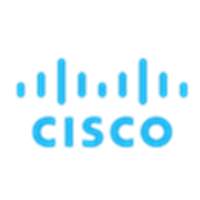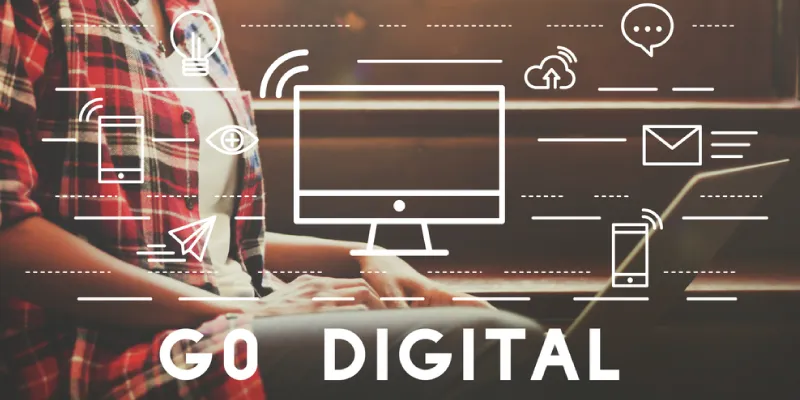
Cisco
View Brand PublisherWhat exactly does it cost for an SME to go digital?
Most people believe that for a business to go digital is an expensive affair. Others think going digital is just about having a website. The reality is entirely different. To understand what “going digital” means, consider the aspects of your business that you need to digitize in the first place and why. You’ll be surprised to know that the basic building blocks of going digital cost as little as Rs 5,000 per user per year (that’s about the annual cost of coffee for each employee). Let’s explore these building blocks.
Start with your foundation, the network
As with building any solid structure, the process of going digital begins with creating a foundation. A network does exactly this. It serves as the foundation on which everything else is built – all your applications, be it for communication and collaboration, workforce management, data analytics or online security. As a result, all the details of your business, from your revenue to your order fulfillment, to customer feedback and supply chain management – everything becomes available in real time in a way that instantly gives you the insights you need to make a better business decision. What you need is a network that is robust can scale as you grow and withstand the pressures of volume, data flow, and online threats while ensuring that your business hums along the way it should.
Enable fruitful collaboration – internally and externally
Once you have your network in place, what’s next? Well, you decide what your business priorities are and decide on the applications you need to put on the network to achieve that – higher revenue, better margins, reduced pilferage, increased security, increased collaboration between and within teams or with customers and partners. The list is endless.
One key business goal often is improved productivity. Account managers can use video calling with screen sharing capability to get “face time” with their customers without having to travel to see them. These facilities can also be used by management to share information with employees or with partners. Teams in different locations can use collaborative tools to see and talk to each other to exchange information or brainstorm new offerings.
Such tools also allow your employees to work remotely without being denied access to critical information they need to do their job. The flexibility helps productivity and also enables work-life balance. According to a report by The McKinsey Global Institute, productivity improves by 20-25 percent in organizations where employees are connected, i.e., leveraging collaboration tools.

Take advantage of analytics
Going digital means that you will have a whole lot data at your fingertips, and making the best use of this data will not only give you a vital edge but more importantly, give you the control over outcomes you never had earlier. Leveraging analytics means that you can source, sort and analyse all your customer and business data to understand your business better (e.g. identify needless expenditure, or areas where you’re not spending enough, spread the workload more evenly), or your customer better (e.g. why did one customer return to buy more while another did not). It also gives you insights on how you can better manage your inventory and not lock up your money on merchandise that doesn’t move. This means you’ll improve your cash on hand (the lifeblood of SMEs) and can deploy it into more urgent and meaningful investments, which in turn will also improve your returns on investment.
Keep your business secure
Just like you have physical security around your business assets, you need digitally secure your data and assets. Security has to be right up there on your list of priorities for your digital plans. Today’s security systems don’t just protect your data and business, they also detect threats earlier and learn from attacks to ensure you can act faster. However, when you secure your infrastructure, take a holistic approach and not just end-point security. Security should be embedded in everything you digitize. That’s how you’ll sleep well every night.
What’s it going to cost?
And all of this is made possible by having a robust network – the foundation on which to build the future of your business. So how much do these building blocks of a digital foundation cost for the average small or medium-sized business owner? At Cisco, we worked out that the cost of going digital for an SME in India today is as low as Rs 5,000 per user for a year. Moreover, you also don’t need dedicated staff to set this up. The cost of going digital and making sure you are ready for growth has never been lower.
To discover more on how you can take the first step on your digital journey, explore Cisco Start here.







